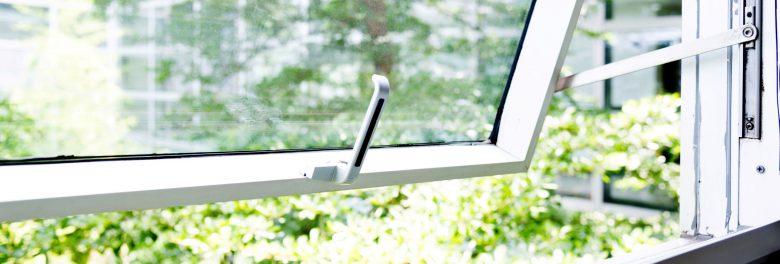
The energy crisis has focused minds on reducing energy in existing buildings use, but improving fabric without considering means of ventilation can have negative consequences.
Improving building fabric will help reduce heating bills, improve EPC ratings and help reduce CO2 emissions. Poor ventilation can lead to undesirable consequences such as condensation, mould risk, poor air quality and overheating.
Older buildings were designed to work with greater air infiltration for passive ventilation. Improvements to the building envelope, such as adding insulation or replacing glazing, as advised on EPC certificates, will make the dwelling more airtight and reduce the air flow through the dwelling. This will result in a loss in ventilation which must be replaced to maintain the quality inside the dwelling.
Landlords will be aware that they will be responsible for the risks highlighted above, as noted in recent government guidance on “Understanding and addressing the health risks of damp and mould in the home” (September 2023).
In many cases the only means of ensuring sufficient ventilation is provided is using mechanical ventilation. Designing in mechanical ventilation have additional design considerations including:
- Location of the ventilation unit;
- Introducing opening to the façade to enable the system to operate;
- Associated ductwork and grilles in ceilings;
- Preventing noise;
- The additional energy use;
- Educating existing occupiers on how to operate the system.
Posted on October 19th, 2023
Author: Eleanor Risby
Related services: Overheating Assessment, Thermal Modelling, Energy & Fabric Performance Evaluation, Heat Network Performance Evaluation,